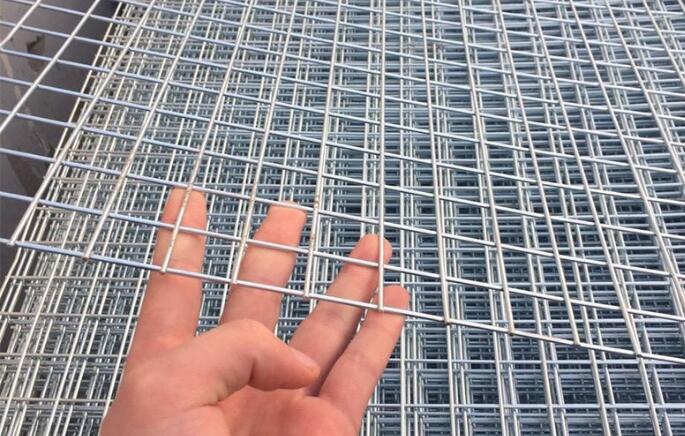Chain Link Fence Repair A Comprehensive Guide
Chain link fences are a popular choice for residential and commercial properties due to their durability, affordability, and ease of installation. However, like any outdoor structure, they can become damaged over time due to various factors, including weather conditions, wear and tear, or accidents. When your chain link fence needs repairs, addressing the issues promptly can help maintain its integrity and functionality. This article will guide you through the process of repairing a chain link fence.
Common Issues with Chain Link Fences
Before diving into the repair process, it is essential to identify the most common issues that can affect chain link fences
1. Rust and Corrosion Over time, the metal links can develop rust, particularly in areas exposed to moisture and humidity. 2. Bent or Broken Chain Links Accidental impacts, such as from landscaping equipment or falling branches, can bend or break the fence links. 3. Loose or Damaged Posts Fence posts can become loose due to shifting soil, corrosion, or being improperly installed. 4. Torn or Detached Fabric The wire fabric of the fence can be torn or come loose from the posts, making it less secure and effective.
Step-by-Step Repair Process
1. Assess the Damage
Before beginning repairs, take the time to inspect the entire fence. Look for areas with rust, bent links, or loose posts. Make a detailed list of the repairs needed to ensure you have all the necessary materials and tools.
2. Gather the Necessary Tools and Materials
For most chain link fence repairs, you will need
- Wire cutters - Pliers - Replacement chain link fabric (if needed) - Fence ties or wire - Wrench - Hammer - Paint or rust inhibitor (for rust areas) - Post hole digger (if replacing posts)
3. Address Rust and Corrosion
chain link fence repair

If you find any rust on your fence, it’s essential to treat it to prevent further damage. Use a wire brush to remove loose rust. After scraping off the rusted areas, apply a rust-inhibiting paint to protect the metal. This will help prolong the life of your chain link fence.
4. Repairing Bent or Broken Links
For bent or broken links, you may need to replace the damaged section. Use wire cutters to remove the broken links and pliers to detach the wire fabric from the top rail and posts. Once removed, you can install a new section of chain link fabric by attaching it to the existing framework with fence ties or wire.
5. Fixing Loose or Damaged Posts
Loose posts can often be resecured without complete replacement. Tighten any bolts that may have come loose. If the post is severely damaged or rusted, it may need to be replaced. To do this, use a post hole digger to remove the old post and create a new hole. Set the new post in concrete to ensure stability.
6. Repairing Torn or Detached Fabric
To repair torn fabric, you can either reattach it with wire or replace the damaged section entirely. For minor tears, simply use wire to tie the fabric back to the post or rail. For more significant damage, follow the steps mentioned earlier for replacing the chain link fabric. Ensure that the new section is properly tensioned and secured.
7. Regular Maintenance
After completing your repairs, regular maintenance will help prolong the life of your fence. Inspect your chain link fence periodically for signs of rust, loose ties, and other issues. Performing routine maintenance, such as tightening bolts and repainting rusted areas, will keep your fence in excellent shape for years to come.
Conclusion
Repairing a chain link fence may seem daunting, but with the right tools and a little know-how, anyone can tackle the job. By promptly addressing issues like rust and damaged fabric, you can extend the life of your fence and maintain its functionality. Remember that regular maintenance is key to preventing future problems and ensuring your fence remains a valuable asset to your property. Whether you’re dealing with minor repairs or complete replacements, a well-maintained chain link fence can provide security and peace of mind for many years.

















